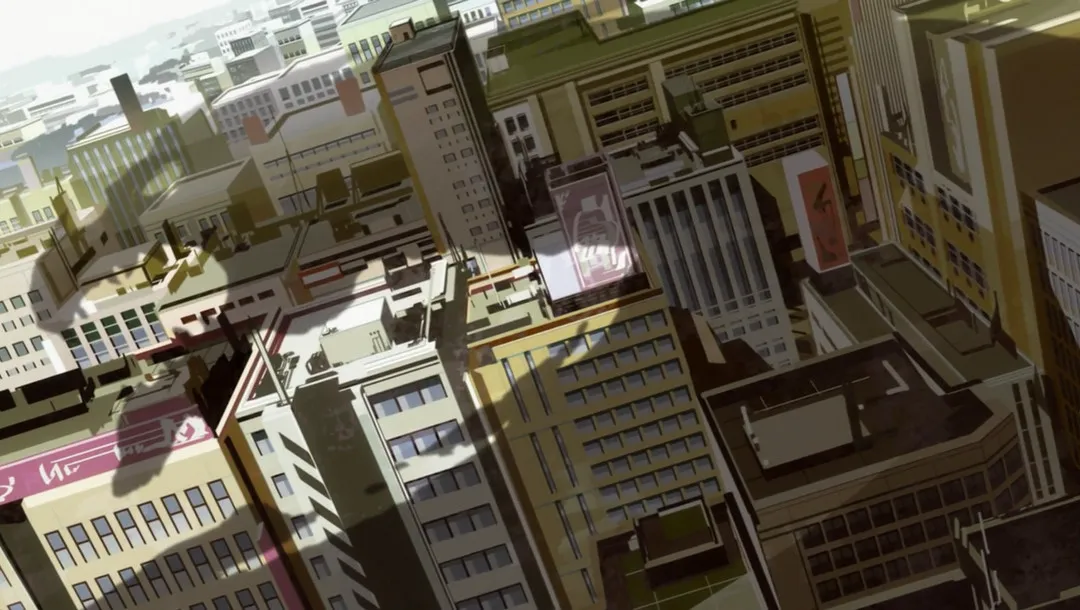
Echoes of the Past: Decoding References in Concrete Revolutio
Concrete Revolutio is a series brimming with homages and references to classic Japanese and international pop culture. Let’s delve into some of the more intriguing allusions found within the anime.
Atomic Monsters and Naked Women
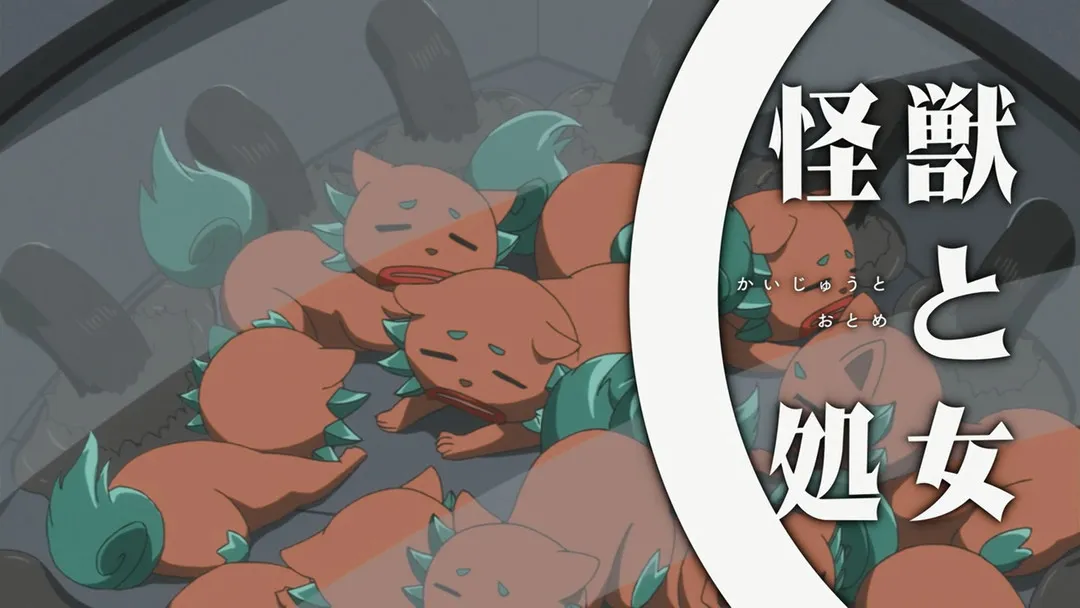
Episode 23, titled “Monsters and Maidens,” immediately brings to mind Roger Corman’s cult B-movie, The Day the World Ended. While the original title is straightforward, the Japanese translation took a more sensational route: Atomic Monster and Naked Woman.
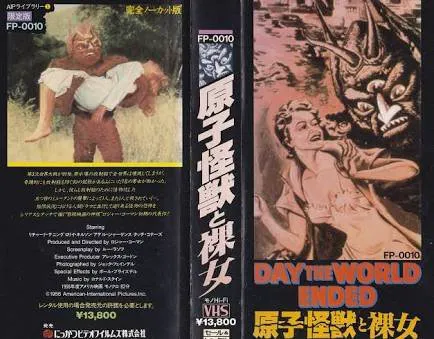
Day the World Ended depicts a post-nuclear war world where survivors struggle against mutated creatures born from atomic energy. Both the “atomic monster” and the “naked woman” attacked by it are, in essence, victims of the nuclear blast. Given the significance of nuclear power in Concrete Revolutio’s world, this title nod seems quite fitting.
The Winged Mustang
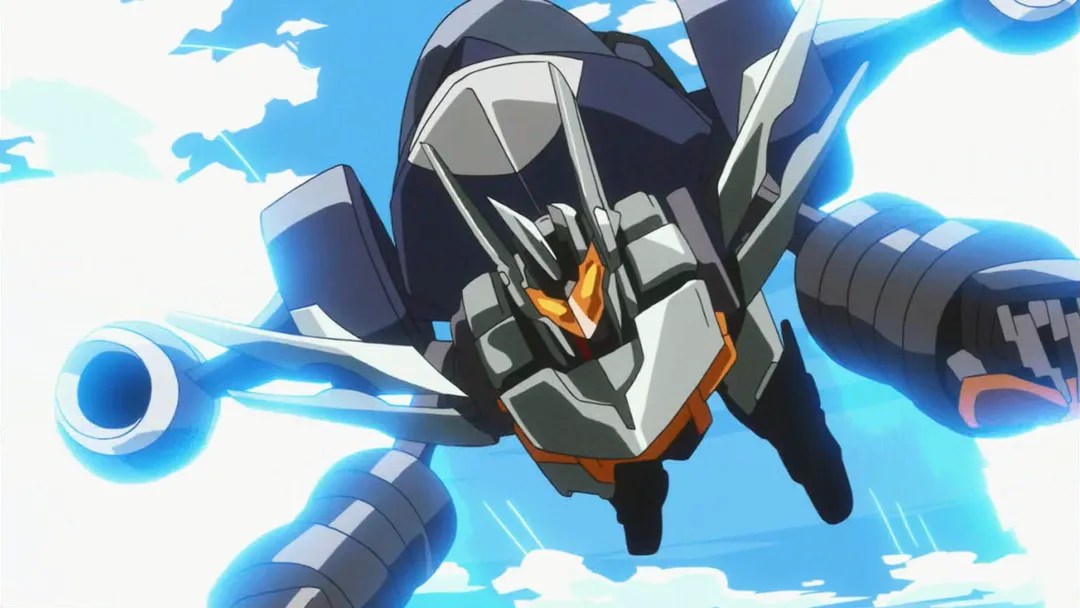
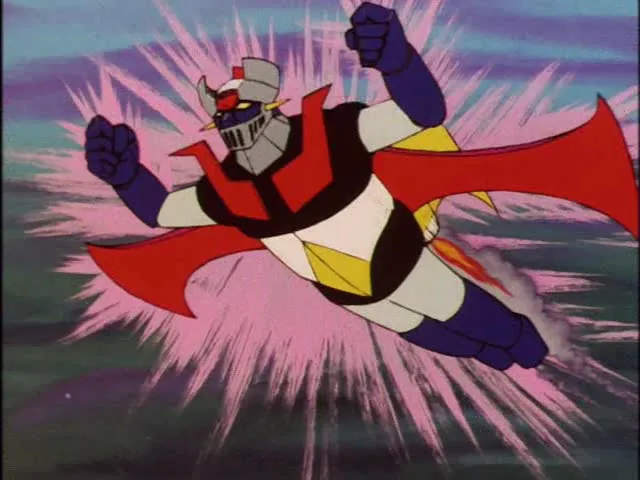
At the end of episode 22, the damaged Equus combines with the support machine Ala to form Ala Equus, defeating NUTS. Equus, meaning “horse” in Latin, is joined by Ala, which translates to “wing,” also in Latin. This combination echoes Mazinger Z, where Mazinger Z could combine with the Jet Scrander to overcome its weakness in aerial combat.
Okinawa, Okinawa
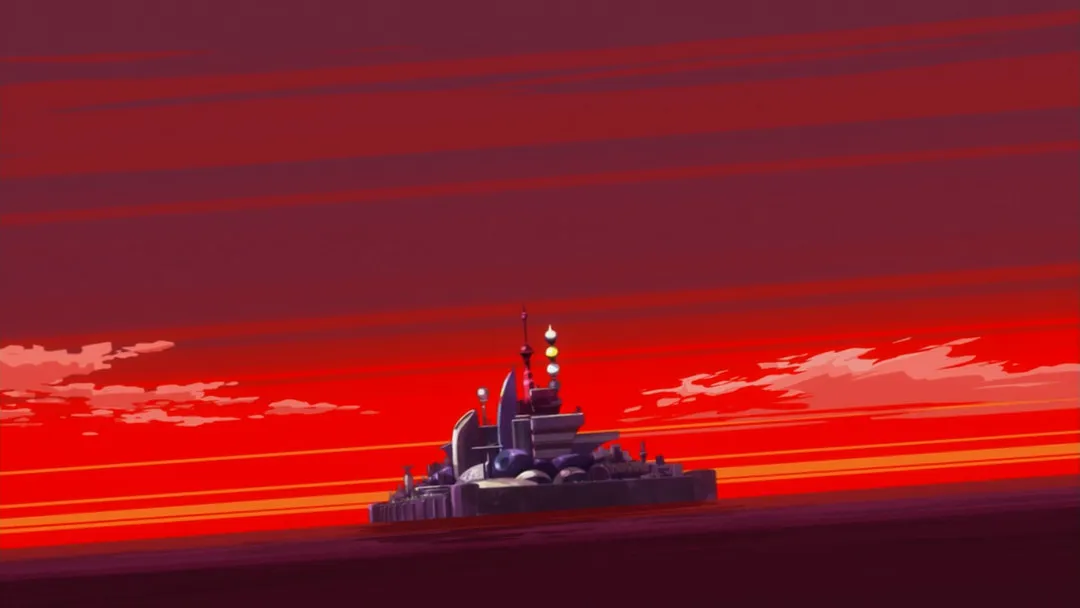
In Concrete Revolutio, the Yokai, who have lived in Japan since ancient times, are persecuted by Master Ultima and Satomi. Led by Emi, they sabotage Master Ultima’s research, occupy the underwater city Ultima Polis, and declare war on Japan. This plotline is reminiscent of the Terrestrials from Ultra Seven.
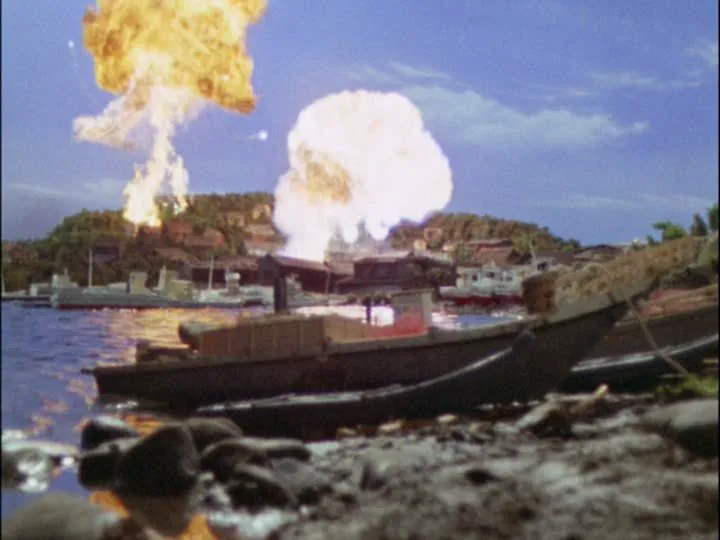
In Ultra Seven, the Terrestrials are the original inhabitants of Earth, thriving long before modern humans. Driven underwater by human encroachment, they are further threatened by undersea development. Enraged, they destroy an underwater research center, seize a submarine, and strike back at humanity.
Ultra Seven aired from 1967 to 1968 (Showa 42-43). Why is a reference to this work placed in the Shinka 50 timeline? This ties into another event in the anime: the Okinawa Superman Expo held in Shinka 50.
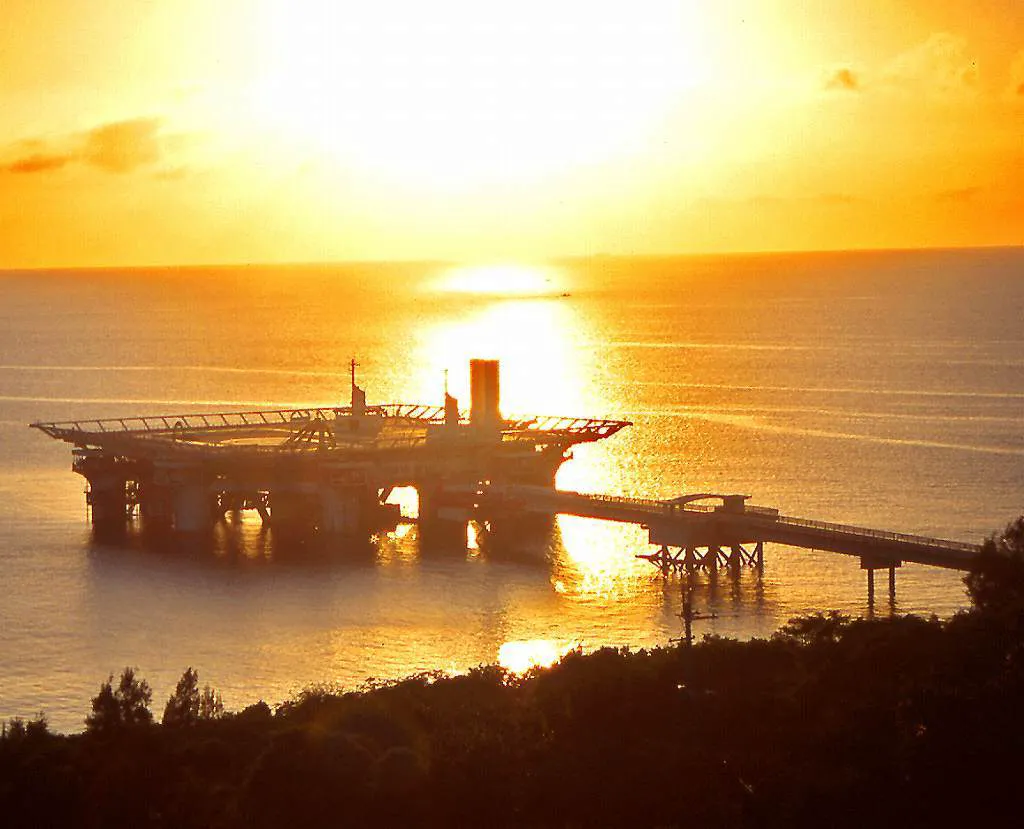
In 1975 (Showa 50), the Okinawa International Ocean Expo was held to commemorate Okinawa’s return to Japan. The expo featured Aquapolis, a semi-submersible marine experimental city.
Tetsuo Kinjo, known for writing Ultra series scripts, also participated in the Okinawa Expo’s composition and direction.
Kinjo was an Okinawan native. Fans believe his works often reflected the unfair treatment of Okinawans. The Terrestrials in Ultra Seven, for example, are often interpreted as an allegory for the persecution of Okinawa by Japan and the United States, which occupied Okinawa at the time.
Despite his contributions to Tsuburaya Productions, Kinjo’s two subsequent works after Ultra Seven were unsuccessful, leading to significant layoffs and the dissolution of the literary department he headed. Kinjo resigned and returned to Okinawa.
When Okinawa planned the Ocean Expo, Kinjo naturally participated. However, the costly expo failed to revitalize the local economy and burdened the region. Development for the expo also damaged coral reefs and the local ecosystem, leading to widespread discontent.
Devastated by the lack of reward for his efforts, Kinjo drank heavily after the expo’s closure and died at the young age of 37 after falling down the stairs.
In Concrete Revolutio, Ultima Polis is both a reflection of the submarine seized by the Terrestrials and the Aquapolis from the Ocean Expo. Kinjo’s tragic fate is also embodied in two characters: Master Ultima, who created Ultima Polis, and Shirota, who pays homage to Ultraman.
Super Sentai
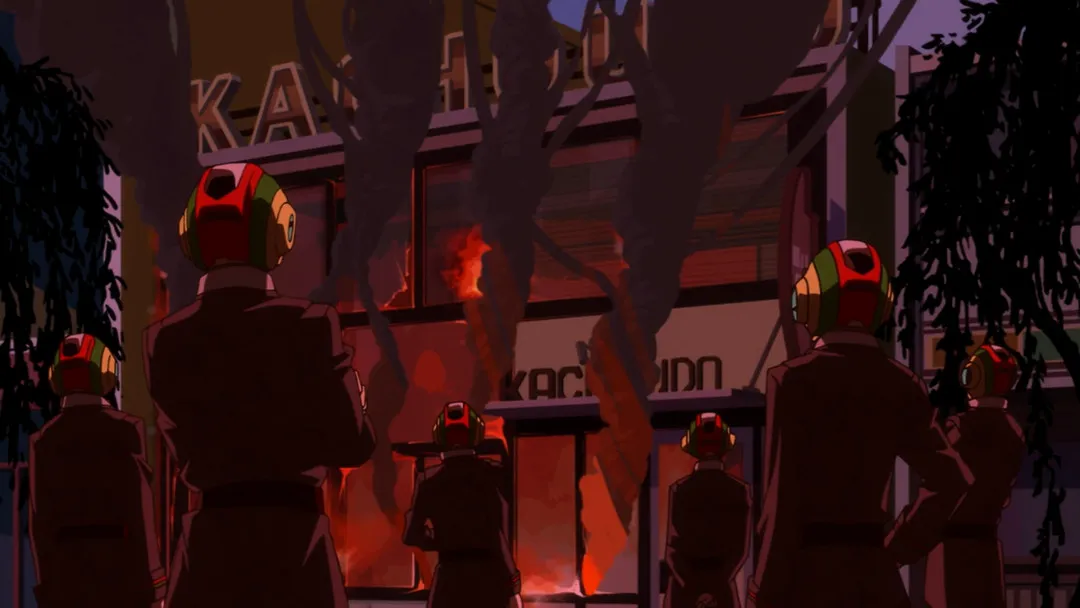
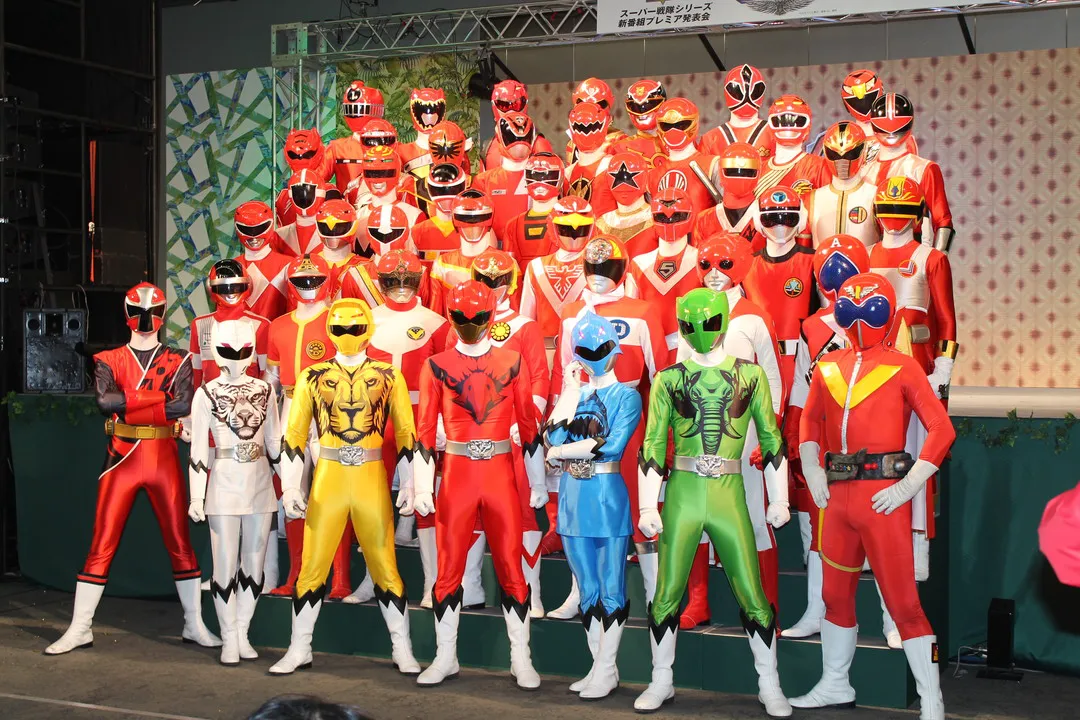
In Shinka 50, the Metropolitan Police Department’s Anti-Superman Violence Headquarters and the Public Security Department, transferred from the Cabinet Office to the Defense Agency, merge to form the new “Super Soldier Squad” (超兵戦士隊, Chōhei Senshi Tai). This name evokes the Super Sentai series, which began in 1975 (Showa 50). With over 40 series and 200 heroes, it’s a fitting name for an army of superhumans.
Red Jaguar
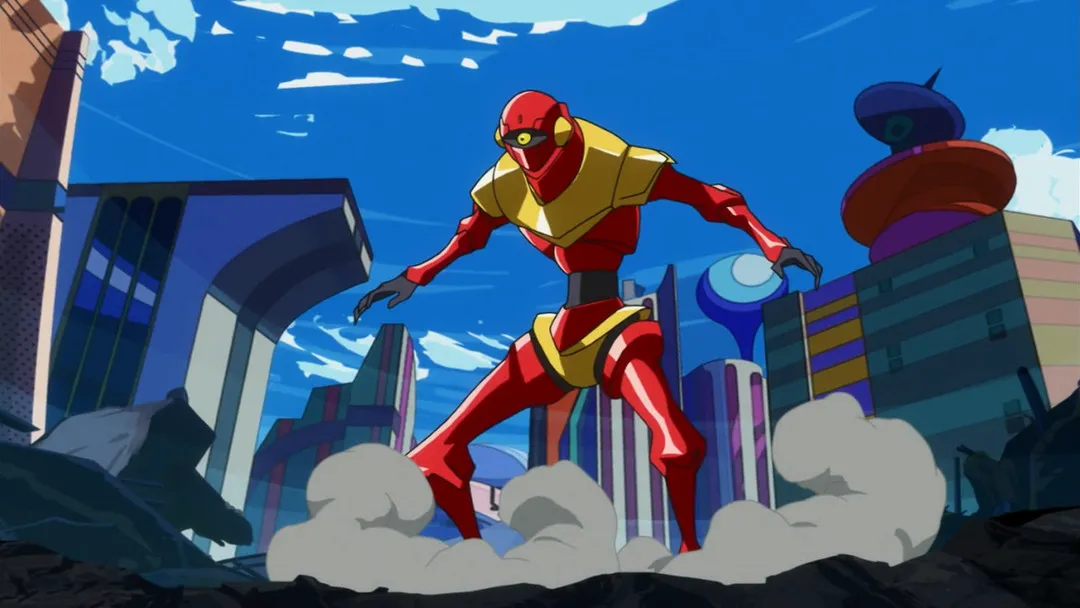
Mr. Leopard joins the Super Soldier Squad and develops the life-size robot Red Jaguar based on Megachine. Not only do Asshi and Shibarai lose to Red Jaguar, but even Jirou in Ala Equus is no match for the giant robot. Although Red Jaguar initially appears as Jirou’s enemy, Leopard is actually Jirou’s ally and ultimately betrays Satomi Yoshiaki.
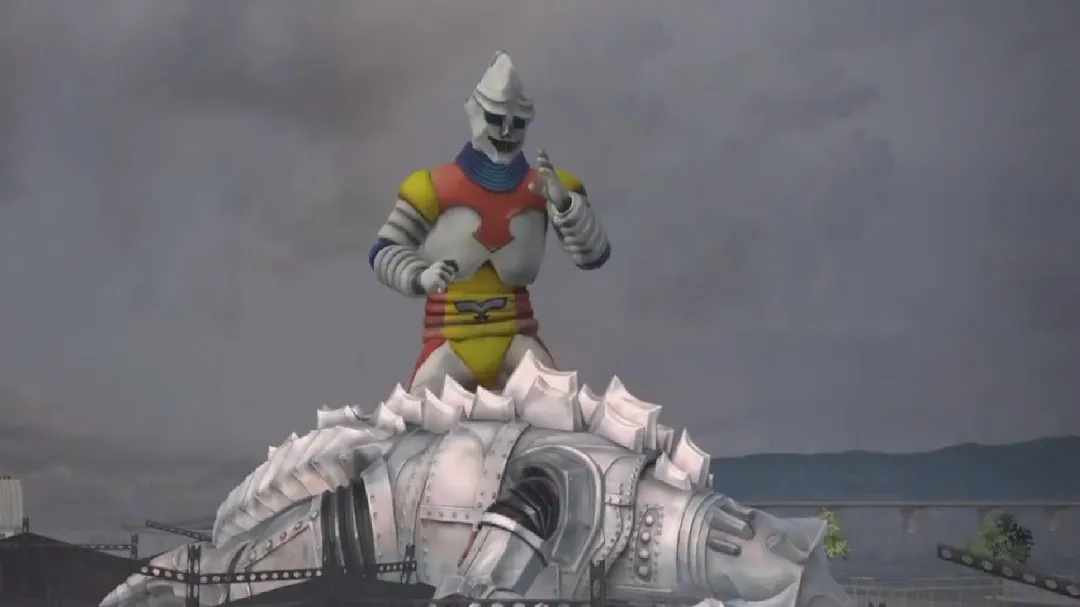
The Godzilla series also features a robot that is sometimes an enemy and sometimes an ally: Jet Jaguar, who appears in Godzilla vs. Megalon.
Jet Jaguar is a human-developed robot with the ability to grow to giant size. However, the Seatopians, seeking revenge for nuclear tests conducted in the ocean, seize Jet Jaguar and use it to invade the surface world. Jet Jaguar initially becomes an enemy of humanity but eventually awakens its own consciousness, rejoins the humans, and fights alongside Godzilla against the Seatopian monsters, demonstrating great power.
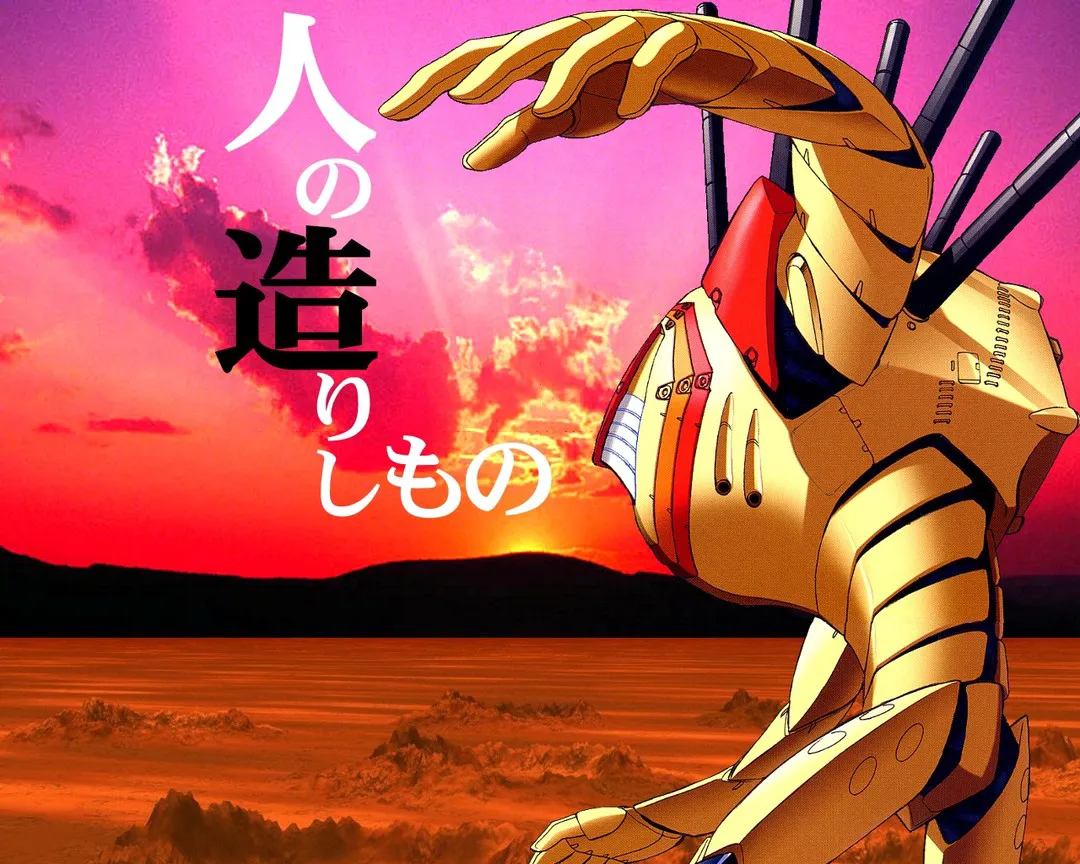
Jet Jaguar’s design originated from a mascot contest called “Children’s Monster University” held by Toho and Tsuburaya, initially named “Red Alone.” Concrete Revolutio’s Red Jaguar clearly combines these two names. Another well-known robot with a similar name origin is Jet Alone from Neon Genesis Evangelion.
The Overlord from the Sky
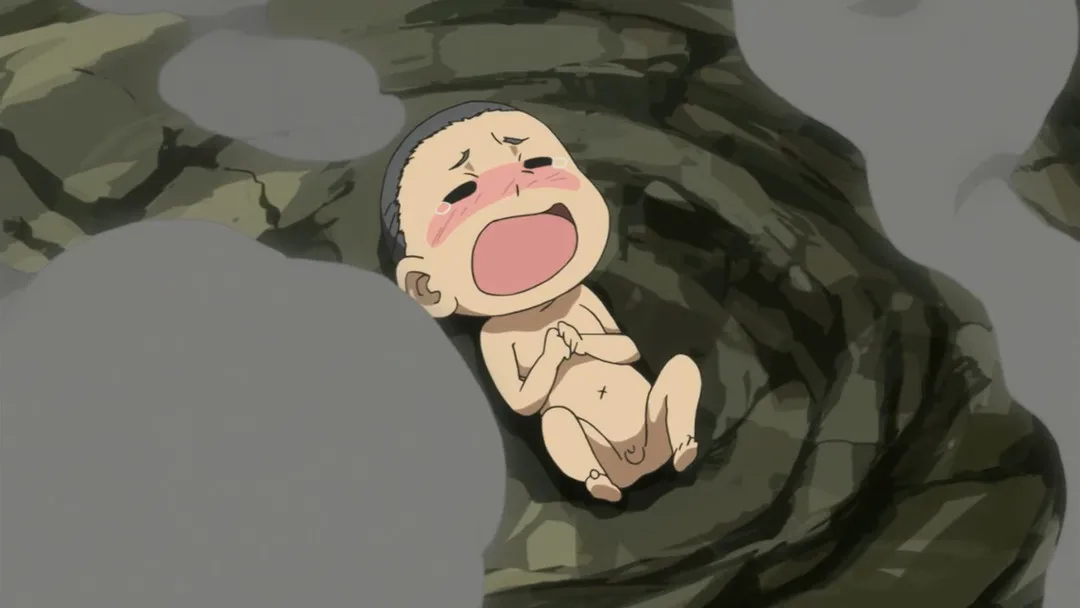
In the final episode of Concrete Revolutio, Satomi Yoshiaki finally reveals his true identity: a baby born from the impact of a giant meteorite capable of destroying a country. The “meteorite” is not explicitly described, but it evokes the Tunguska event.

Arriving via meteorite and being Jirou’s—Godzilla’s—nemesis, Satomi’s identity is reminiscent of King Ghidorah from the Godzilla series. Since descending to Earth as a meteorite in Ghidorah, the Three-Headed Monster, King Ghidorah has been Godzilla’s most frequent and powerful opponent.
Clouds from Space
In Shinka 53, the Debira siblings reveal through Asshi that numerous spaceships are approaching Earth, potentially leading to war. In reality, “spaceships” were a popular topic in Japan that year.
In 1977 (Showa 52), the first Star Wars film was released in the United States, creating a box office sensation. As Star Wars didn’t reach Japan until the following year, audiences were captivated by fragments of information about this global phenomenon. Film companies rushed to produce science fiction films to ride the wave.
Another Japanese work also made creators aware that science fiction, previously a niche interest, was about to boom. Space Battleship Yamato, initially unsuccessful and canceled early, had gained a huge following through reruns. The newly released compilation film was a huge success. The seeds of what would later be called “otaku” were ready to sprout.
In 1978 (Showa 53), the American films Close Encounters of the Third Kind and Star Wars were released in Japan. Japanese animations such as Farewell Space Battleship Yamato: Warriors of Love, Galaxy Express 999, Space Pirate Captain Harlock, and Space Battleship Yamato II were also released that year. Science fiction works set in space appeared one after another, creating a trend.
Within this science fiction and space boom of the late 1970s, there was also a sub-trend called “UFO fever.” Perhaps conquering the vastness of space seemed too distant, while gazing at the stars and listening for messages from the universe felt more accessible. The idol group Pink Lady released a single called “UFO,” Nissin launched “UFO Yakisoba,” and countless films, dramas, and anime depicted UFOs. It seemed everyone believed in the existence of extraterrestrials in silver saucers.
As a side note, shortly after this, China embraced reform and opening-up and was quickly influenced by this global science fiction trend. The launch of Science Fiction World in 1979 and UFO Exploration in 1981 are testaments to this.
Reliving That Wonderful Love
In Shinka 53, Kikko and Fuurouta walk through the streets of Shinjuku, where superhumans are no longer seen. In the two years since the battle of Okinawa, superhumans have disappeared from public view, as if their active presence was just a dream. However, people in the streets have not forgotten them. All indications suggest that superhumans will return to the public eye in the near future.
In reality, 1975 (Showa 50) marked the end of traditional tokusatsu series such as Godzilla, Kamen Rider, and the Ultra Series. While the Super Sentai series, which began that year, was well-received, it also ended in late 1977 (Showa 52). Most tokusatsu programs on television lasted less than a year before making way for newcomers. Almost all viewers believed they would never see those familiar heroes again.
However, in 1978 (Showa 53), with the release of Star Wars, the world once again turned its attention to those once-vanished faces. Ultraman, Kamen Rider, and Kaiki Lion-Maru were re-broadcast on major television stations, Ultraman series books sold unprecedented numbers, major children’s magazines produced special features on classic tokusatsu series, and research books for adult tokusatsu fans were published one after another. The era called for the revival of heroes, and how could they disappoint the world?
After Concrete Revolutio ended, Shou Aikawa said: “The so-called ‘boom’ that revived these works was not a natural occurrence, but the result of the passionate efforts of grown-up fans. Without their efforts, these works could not have been revived naturally.”
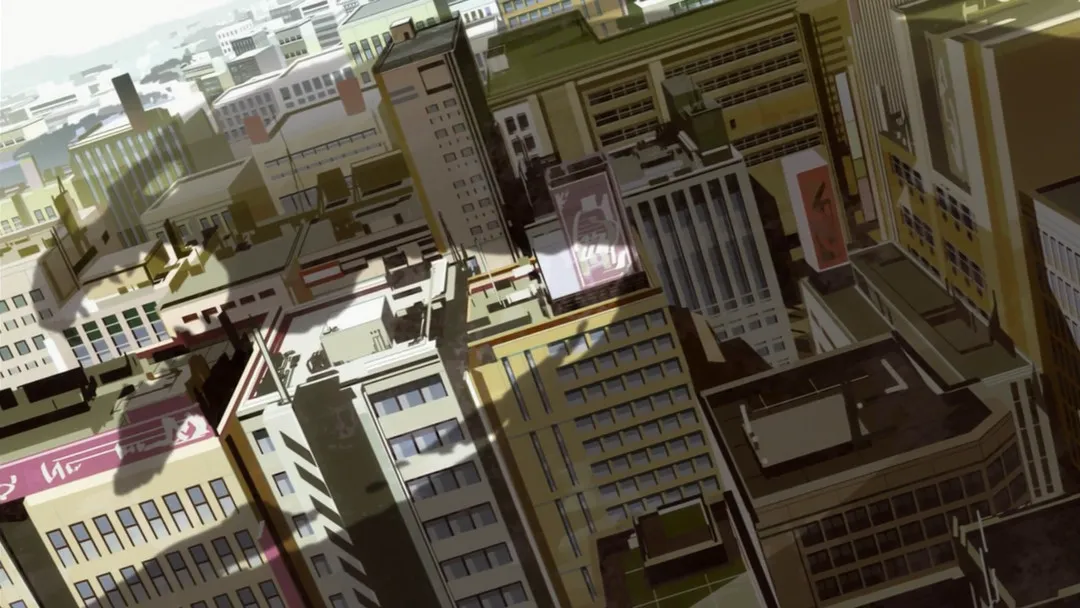
Some entered the publishing and video industries, rewriting the chapters of heroes as creators. In April 1979 (Showa 53), a new Kamen Rider series began, and Ultraman was revived in animated form. Amidst the anime boom ignited by Space Battleship Yamato, a new Cyborg 009 series also aired that year. Readers of previous analyses will know that these reborn works are the archetypes of several major characters in Concrete Revolutio.
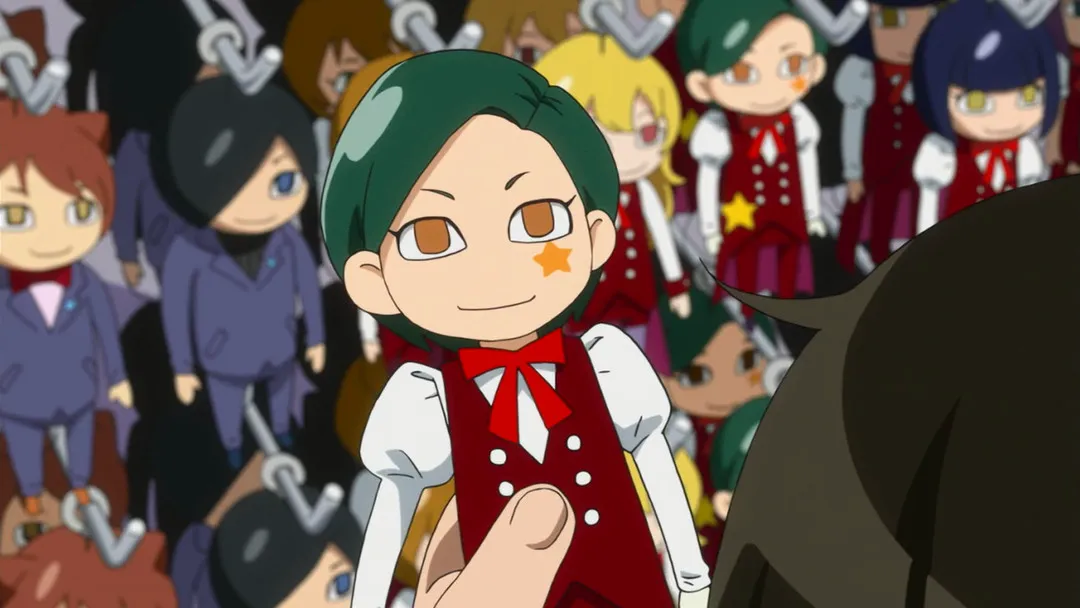
Others became researchers and writers, spreading the names of heroes around the world. In 1978, The Wonderful World of Fantasy Special Effects Images, the predecessor to the tokusatsu magazine Uchusen, was published (the “spaceship” mentioned in the final episode as a possible trigger for the return of superhumans may also be a tribute to this magazine, to which Aikawa himself contributed). In the same year, the anime magazine Animage was launched. Through the efforts of these magazines, creators who were previously only known to a few core fans, as well as the stories behind their works, became known to more and more viewers.
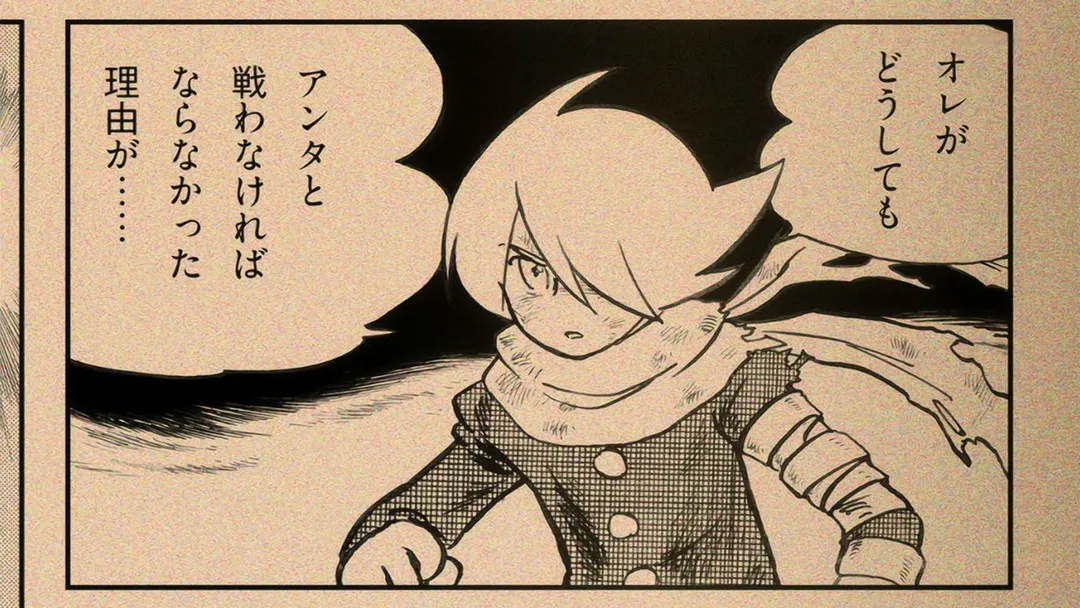
Still others, as ordinary consumers, provided material support for each work.
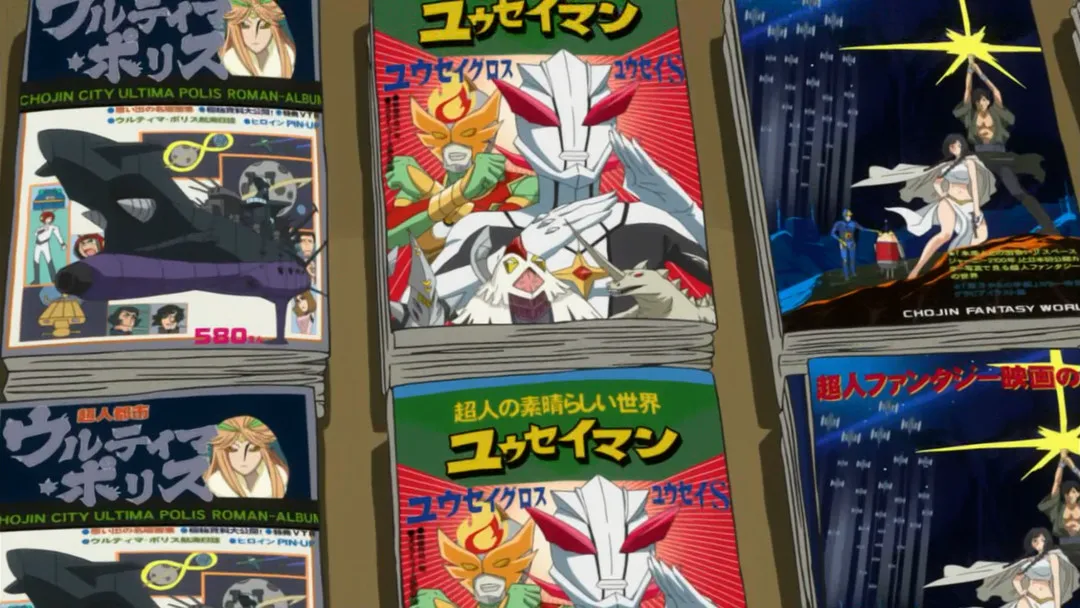
Although heroes have left the public eye, their souls have never died. Those who grew up with them remember their deeds and practice their teachings. As long as their songs are still sung, heroes without bodies are everywhere. Just as heroes have helped others, perhaps it is now the turn of ordinary people to help heroes.